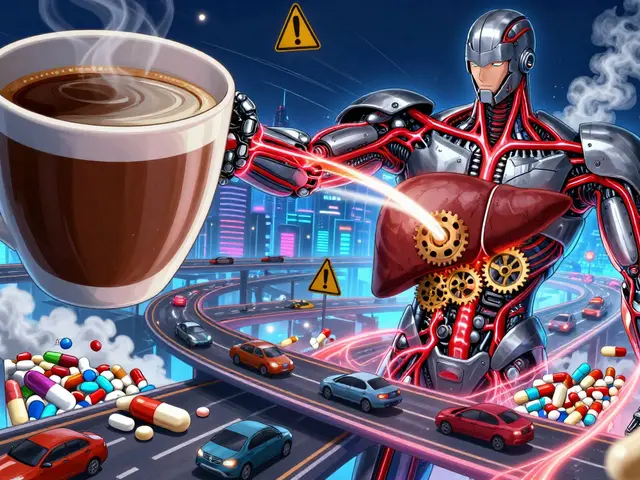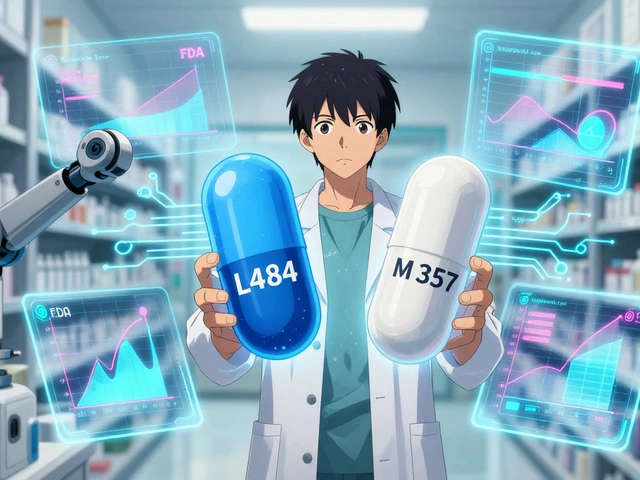Depression treatment: practical options and safe access
Feeling low all the time or losing interest in things is not just "bad days." Depression is a treatable medical condition. Here’s a clear, practical guide to what works, what to watch for, and how to get medicines safely.
Know when to get urgent help. If you think about harming yourself or can’t care for daily needs, call emergency services or a crisis line now. Tell someone you trust and seek immediate help from a doctor or local mental health service.
Medication and how to get it safely
Antidepressants can help many people. Common classes include SSRIs (like Prozac/fluoxetine), SNRIs, and some atypicals. Some drugs need blood tests or liver checks—nefazodone, for example, has safety warnings and should be started and monitored by a doctor. Don’t start or stop meds without professional advice.
If you buy meds online, use licensed pharmacies only. Look for clear contact details, a valid prescription requirement, and pharmacy accreditation. Avoid sites that sell prescription drugs without asking for a prescription. Read guides on safe buying—articles like “How and Where to Buy Prozac Online” and “How to Safely Buy Nefazodone Online” explain red flags and safer choices.
Ask your prescriber about side effects, interactions, and how long to expect before you feel better (usually 4–8 weeks). Keep a list of all medicines and supplements—herbs like Brahmi or oregano oil can interact with treatments and should be discussed with your clinician.
Therapy and daily steps that help
Talking therapies often work as well as meds for many people. Cognitive behavioral therapy (CBT) and interpersonal therapy are common and practical. If in-person therapy isn’t possible, teletherapy and reputable telemedicine services can connect you to licensed therapists—compare options and read reviews before signing up.
Small daily changes add up. Prioritize sleep, move your body for 20–30 minutes most days, eat regular meals, cut back on alcohol, and keep social contact—even brief check-ins help. Track your mood to spot patterns and share them with your clinician.
Combining medication, therapy, and lifestyle changes usually gives the best results. If a treatment doesn’t help after several weeks, ask for a review—many people need dose changes or a different approach.
Before starting any treatment, write down five key questions: What timeline should I expect? What are the main side effects? Are there drug interactions with my current meds? Are any lab tests needed? What should I do if symptoms get worse? Bring this list to appointments and take notes.
Watch for online pharmacy red flags: no pharmacist contact, no prescription required, vague address, very low prices, or pills that look different from expected. If a site seems suspicious, check a national pharmacy regulator or choose a better-known service. Ask about generic options and patient-assistance programs to lower cost.
Finally, be cautious with “natural” fixes sold online. Some supplement claims aren’t backed by solid evidence, product quality varies, and interactions can be real. Use trusted sources, ask your doctor, and treat safety like the top priority when you shop for anything that affects your health. You can get help—don't wait.






